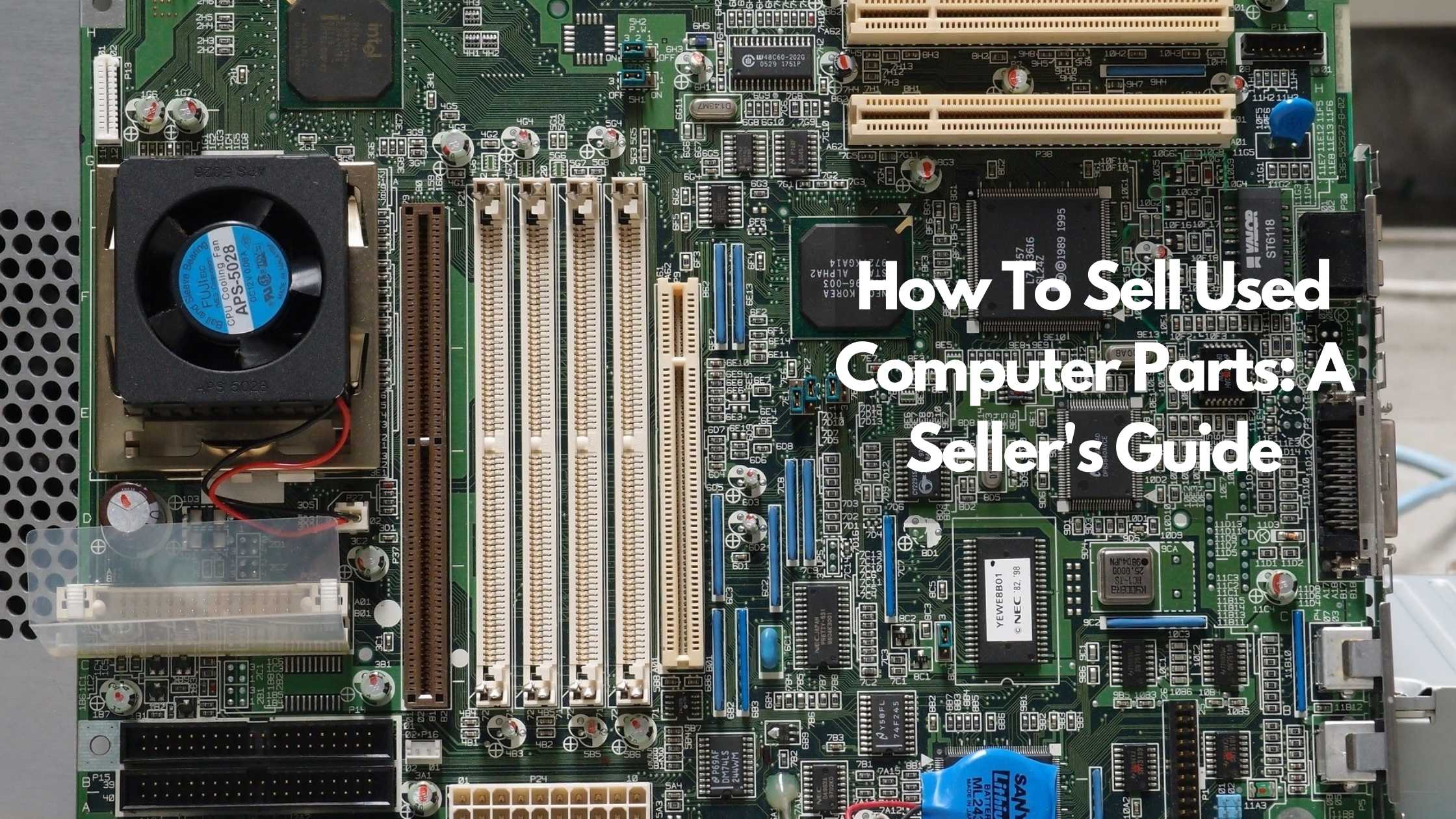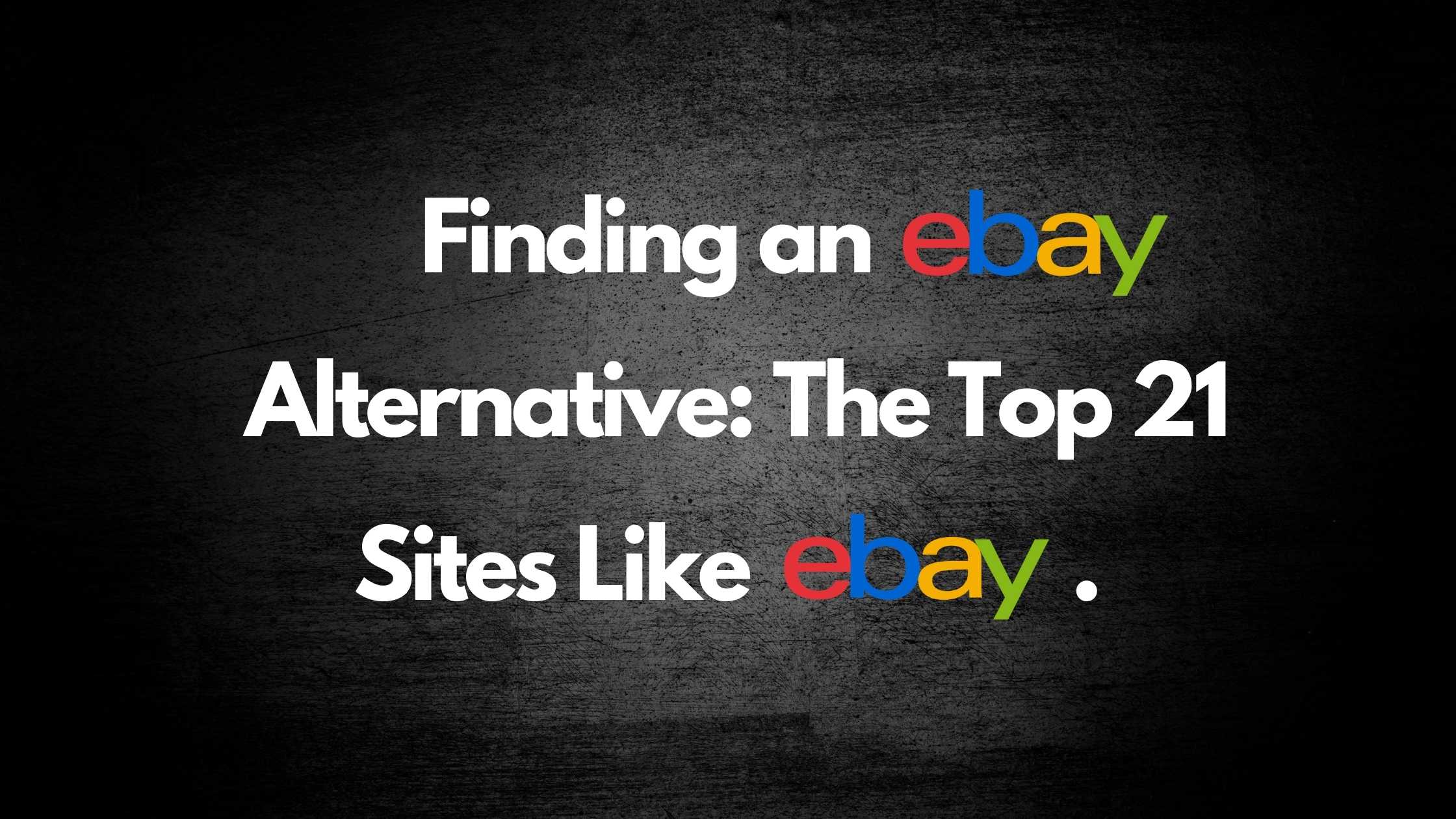
How to Value a Vinyl Record: 11+ Things to Look For
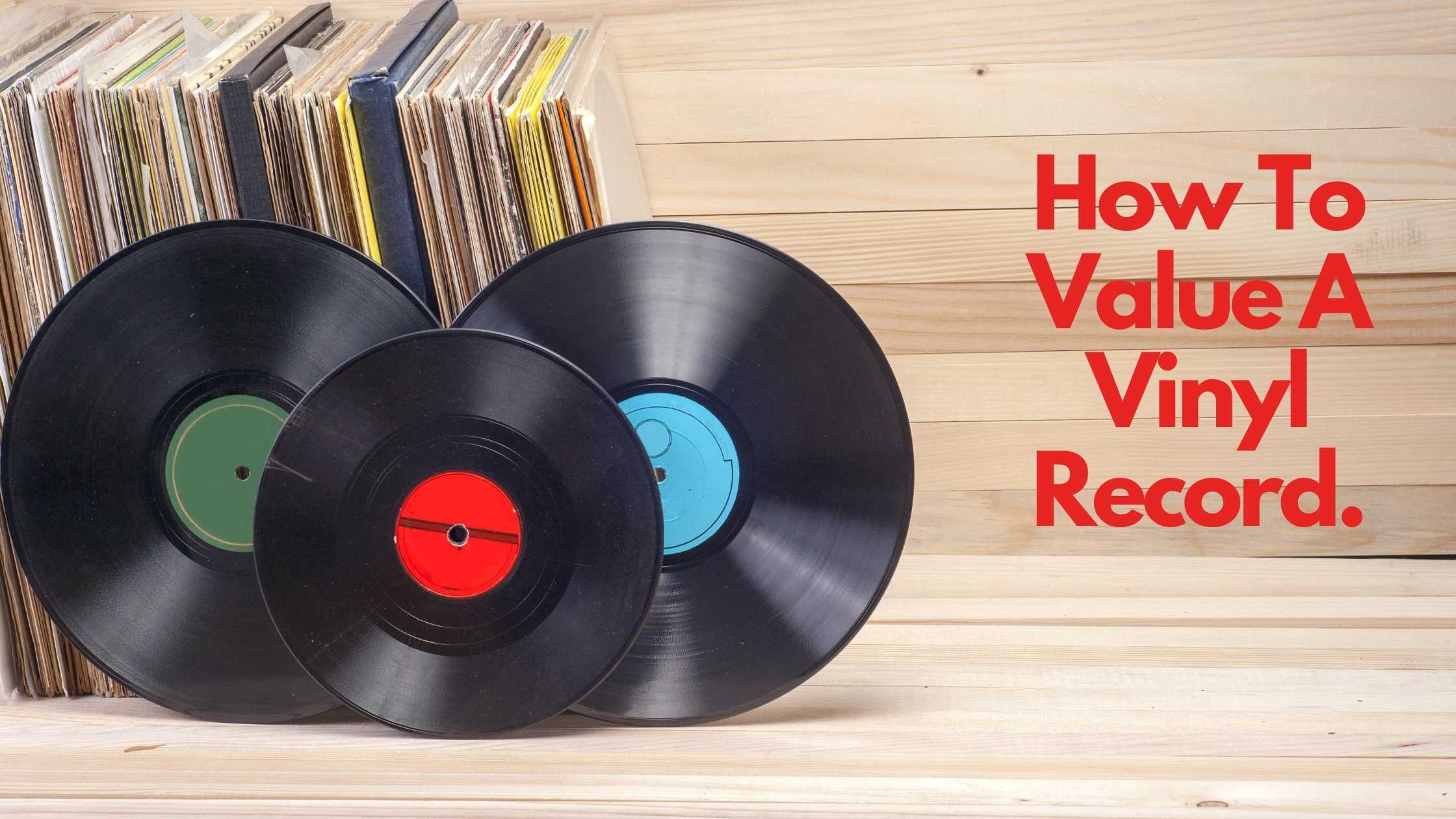
I had a bunch of old records up in my attic that I hardly ever listen to because I don’t have the time. So, I poked around online and researched what to look for to value them and how much they are worth. Thus, I’d put together this helpful article to explain how to evaluate a vinyl record.
So, how do you value a vinyl record? You can assess a vinyl record by determining:
- The records age.
- The artist.
- How rare it is (number of copies made).
- If the seal is still intact
- Whether it is a signed copy
- The specific version of the album cover
- And other factors.
The other factors we will explore below. But, they aren’t more important or less valuable than those listed. Below, I will list some of the most expensive vinyl records ever sold, as well as more details about how to check each of these factors to value your vinyl record.
What vinyl records are worth the most?
The most expensive albums ever sold, according to Workandmoney.com, are:
- The Beatles, “The Beatles” (aka “White Album”). It sold at auction for US$790,000
- Elvis Presley, “My Happiness”/”That’s When Your Heartache Begins.” It sold for US$300,000.
- Sex Pistols, “God Save the Queen”/”No Feeling.” They sell for around US$17,000.
- Bob Dylan, “The Freewheelin’ Bob Dylan.” The mono version is worth US$15,000.
How do you value a vinyl record?
1. The records age
The age of a vinyl record is mistakenly thought to be one of the essential points when valuing an album. But, it is, in fact, one of the least important. Some early records don’t fetch such a high price because back then, the band wasn’t that good.
Most artists’ music gets better over time. That’s why their most recent records are the most popular.
Thus the early albums maybe only valuable to extremely devoted fans. Who don’t always like the music but want to complete their collection.
Age on its own doesn’t influence the price of a record. Yet you need to know the age of the record to get a price estimate.
How to identify the age of a vinyl record
There is an EAN number that is proper for records made after 1973.
The year produced is often written next to the information about the label that produced it. For example, it will say, “Recording in New York City, New York on Dec 1st, 1964.”
Finding this information is the easiest way to establish the age of a record. If none of that information is available on the record, you should do a Google search. The specific album name should deliver many google search results. Hopefully, with that, you can narrow down its age range.
2. The artist
Some artists are better at making music that their fans love. They continue to refine their craft and produce better and better music.
Some artists captured the feeling of a generation and, thus, have nostalgic value for their fans. Examples of such bands are The Beatles and Pink Floyd.
In general, more famous artists came from the rock, blues, jazz, classical, and soul genres.
Not so popular are genres such as easy listening, country, poetry, and comedy.
When artists are recording and are popular, they will sell a high amount of albums. Some artists continue to sell albums long after they have stopped recording or have passed away, which is a result of the quality of their music.
The music is timeless and makes people feel good, regardless of what generation they grew up in.
Other artists that didn’t sell many copies of their original work became famous later. Once people recognized them as influential figures. An example is the Velvet Underground. A similar phenomenon occurs with famous painters.
How to identify the artist
Some albums and artist names make it difficult to differentiate between the two. So, it is often necessary to Google the artist and album name to work it out. In general, it is printed in the front cover of the vinyl record and on the inner ring of the album itself.
Some artists have logos that are difficult to read. In such cases, I would ask a friend or family member. Or take a photo and ask on your social media.
3. How rare it is (number of copies made).
Supply and demand. How many copies were made is a factor in the price of a vinyl record. Many records made in the 1970s and 1980s were produced in the millions. This makes them relatively easy to find. When you want to listen to more obscure music, you have to go far and wide to find it.
So, people are willing to pay large sums of money to avoid staying on the search. The harder it is to find, the more people are willing to pay for it.
But, specific albums can still be rare even if many of them were produced. This is because of the year it was produced. Albums made in the 1960s are much harder to find than albums from the 1970s. People in recent years, such as the 1980s, and 1990s have taken good care of their vinyl records. Whereas, those made in the 60s and 70s are more heavily worn.
This has come about because people have become aware of their intrinsic value over time. Once, they started selling for large sums of money.
How do you find out how many copies were made?
You can find out how many copies were made by contacting the record label. Or, you can do a Google search to try to find this information. There may be forums for the specific artist, where people may know if you ask them.
4. The seal is still intact.
The overall condition of the record is a key factor in finding its value. The better condition a record is in, the more people are willing to pay for it. The ideal record is in its original seal. Having never been played, it is worth the most to fans and collectors.
Vinyl records developed seals in the early 1940s. When vinyl records were first sold, they came without a plastic seal. This was because they wanted to give people the option to listen to the record before buying it.
But, they soon found that the records would get damaged, and people would steal them. So, they switched it up and began using plastic seals on all vinyl records. The rarest records are the ones from before plastic seals became mainstream. However, they are often significantly worn.
A vinyl record in good condition is very scarce, and people are willing to pay more.
Newer vinyl records that are still in the seal are less valuable than older vinyl records that are sealed. There are exceptions, such as limited editions runs. But, it is a good rule of thumb.
5. Signed copies
Vinyl records that are signed by the artist are more valuable. Though, it’s possible signature can be fake. So, proof like a picture or video of the artist signing the album increases their value. If a personal message is dedicated, such as “Dear Jane, I hope…”, it makes the signature more credible and can get a higher price.
If the album is put out by a band, and all the band members have signed it -it is worth more-. There are exceptions with popular bands because of the godlike status of some of the members, for example, John Lennon.
A Beatles album that was signed by only Paul Mccartney or John Lennon would still be worth as much, but only slightly less than an album that all band members signed.
This is because some members write all the songs and are the lead singers. So, their signatures are worth more.
Also, vinyl records that have a combination of these factors increase what they are worth many folds. For example, if an album is sealed, rare, and signed by the artist, it is worth significantly more than just the album itself.
6. The specific version of the album cover
A common practice in the 1960s and 1970s was to do a few runs of a vinyl record with different labels on the vinyl record itself. It is no longer a best practice.
But, the kind of label that is most in favor is the original pressing. This is because they are the first copies of the album ever produced.
There are rare cases where a popular album was printed differently in error. For example, they changed their order or couldn’t complete the album for whatever reason. These are even rarer, and as a result, are more expensive.
How do you tell what version of the album cover you have?
The easiest way is to do a Google search and look around in forums. If it is popular enough, you will be able to find this information fairly quickly. If you are unable to find it that way, you can contact the record label or relevant persons to inquire about it.
You may know an expert on a particular band and can ask them about it.
7. The record format
There are three primary formats for vinyl records, and depending on the format, it changes how much it is worth. The formats that are worth the most are the rarer quadraphonic releases. Another name for format is channel. The quadraphonic vinyl records were only suitable for a small percentage of the market and, as a result, are very rare. This increases their value.
The other vinyl record formats are mono and stereo. Mono records were the only format for vinyl records up until 1957. After that, until 1968, albums were sold in both mono and stereo.
How do you tell what format your vinyl record is in?
It is printed on the album cover and the label on the inner ring of the actual record. If the information isn’t given, you can sometimes tell by listening to it.
Some mono records don’t have the left to right and front to back sound depth of a stereo record. But, very high-quality mono labels can sound like stereo recordings.
8. Vinyl records that were produced in other countries.
Collectors like unique items. As a result, albums that were printed in countries foreign to where the artist or band came from attract higher prices.
Record releases from the UK and the USA are almost identical. But, those from other countries are significantly different. This increases its value as a collector’s item.
Foreign copies often have different album covers and are printed on different colored vinyl. In Japan, for example, in the 1950s to the 1970s, vinyl records were dark red.
Suppose the artist produced their album in their home country, which isn’t the US or UK. Then, avid collectors will seek out original copies that were produced in the artist’s native country.
9. The records condition
When looking at the overall condition of an album, consider the sleeve and vinyl record. Almost all records have sleeves, sometimes called album covers.
But, there is a limited run of 45 rpm singles, which didn’t come with a sleeve at all. The envelope should ideally not be torn, have any scuff marks, creases, and scratches. Any combination of these lessens its value.
As previously mentioned, records in their original seal have never been played, so inspecting the vinyl record itself is unnecessary. For opened records, you should check if there are any cracks, scratches, bending, or other damage to the record and it’s label.
10. Test pressings and acetates
Most records are made to be sold in stores. But some are produced before the first public release. Such records are called acetate discs, or sometimes called lacquers.
They are made individually by a sound engineer. When the sound quality is up to standard, they get turned in stampers. Stampers are the molds used to press the track into the vinyl.
Acetate discs can be played on a turntable and as the first draft of an album or track. But, after a few plays, they fail.
Sometimes acetate discs are sent to radio stations, and as a result, can be found in circulation. Their rarity means they are expensive.
The other type of rare vinyl record is testers. They are more common than acetate discs and are considered the first batch of albums made from a set of stampers.
These can be differentiated by their label, which is white or says test on it. Some labels also have blank lines on them where the producers can write comments.
11. Limited editions
Some vinyl records are rare because they are hard to find, even though many copies were produced. Vinyl records that were intentionally made in limited numbers compound how precious they are. This drives the price for them higher.
Records were the only medium for playing recorded music for a few decades. But, cassette tapes, CDs, and newer technology have meant that it is more economical to produce music on other mediums.
Vinyl records have become a collector’s item and are almost exclusively made in limited numbers. Because of this, collectors will often buy an album to keep it. Then, when they want to listen to music, they will use their computer, phone, or music player.
This preserves the quality of the album and increases its value. It is a similar market to fine and aged wine.
Limited edition records can have what number copy it is printed directly on the vinyl record. In some cases, producers will create a vinyl record that is a range of colors. This differentiates it and is a clear marker of when it was made.
Limited editions can be an investment and increase in value over time. But, you should go with albums you like because they may not necessarily go up in value.
12. Counterfeit copies
There are many fake copies of rare albums out there. With a bit of sound engineering knowledge, it is possible to tell the difference. For costly records, an appraisal is usually done.
This could be done by the company that initially sold the record, a sound engineer, or other experts. When records are copied, they leave unique marks that indicate how and where it was made.
In comparing them with certified originals, it is easy to tell the difference. Some vinyl record markets are predominantly fake. This is especially seen on very popular titles like The Beatles and Pink Floyd.
13. Withdrawn releases
Some album covers were later withdrawn because they were too edgy. Examples are:
- Nirvana, Nevermind
- Prince, Love sexy
- The Beatles, Yesterday and today
Some album covers that have been withdrawn are because they are overly cynical or have grotesque imagery. When these are bought and sold on the open market, they command much higher prices because of their rarity.
When looking at your vinyl records, you will often need to consult a pricing guide or Google search to see if the cover is withdrawn or not. You might find a diamond in the rough.
14. Colored discs
The predominant vinyl record color is black. Any deviations from this are rare copies and can command higher prices. There is even vinyl with an image printed on them, which completely covers the top of the record.
These, similar to different colored records, are worth more to collectors and fans. If you see any records like these, they can be the starting point for research into whether it is worth a decent amount of pocket change or not.
15. Reissues
To the shock of some collectors, particular albums have been reproduced in vinyl. This significantly lowers the value of the record in question.
If news gets around that a reissue is getting done, it can create a race to liquidate. Sellers try to get the best price before the price drops.
It requires an on the ball collector to know when to hold ‘em and when to fold ‘em.
Where can I find a vinyl record pricing guide online?
Discogs.com offers the largest database of physical music online. They provide an app that allows you to scan the Catalog Number, which gives you additional information about your record.
Even the most popular albums have been released multiple times, and some versions are worth but a few dollars. Whereas others are bought and sold for thousands.
The Discogs database provides:
- How many people are looking for a particular record
- How many people are selling the record
- The lowest, median, and highest price it has sold for
- The last date the particular album was sold
Other tips on finding prices
After the 1970s, people produced pricing guides. They listed the top albums and how much they are worth. But, they were often very thick, large, and bulky. They often specialize in specific artists such as Elvis Presley and The Beatles.
When looking at pricing guides from different years, you can find how their price has changed over time. This can give you a reasonable estimate for what the album might now be worth.
You can also look at online marketplaces. This website you are on right now is an online marketplace. We have many listings you can look through, and is an excellent place to look for vinyl records.
We offer a free account and a tier with free listings. That way, you can buy and sell your items, and don’t have to pay any type of commission, unlike other online marketplaces that charge you a commission right out the gate. Click here to go to the registration page to create your free account now.
How can I sell my old vinyl records?
There are many options for selling your old vinyl records. The most straightforward way is to contact a seller of vinyl records and inquire about how much they are willing to pay. Often, their offer will be very low.
You should research how much the vinyl record sells for using pricing guides and online databases such as Discogs.com. That way, you can get the best price you can for them.
Recommended places to sell them are:
- Posting on a Marketplace like Sheepbuy or Ebay. Put up a picture and the detailed specifications and see if anyone is interested.
- Posting on your website. You can create a new page on your website, which has an image of your vinyl records and pricing information. It is easy with a website builder like WordPress or Wix. It is often too much of a pain if you had a custom website made that you don’t know how to edit.
- Ask friends and family. Always a good first option. Because of its rarity, you might not have someone in your family interested in a particular artist. But, it never hurts to try.
- Going to specialist record stores. There are still some of these around. They can value your records and may offer to buy them. They may only offer 30% of the value because they need to resell it.
- Contacting specialist record collectors personally. These people will likely spend the most on your old vinyl records. But, make sure you have all your ducks in a row in regards to proof of authenticity. Otherwise, you are likely to waste their time.
Conclusion
For simplicity, I have summarised the key factors to look at to value a vinyl record; they are:
- The records age
- The artist
- How rare it is (number of copies made)
- If the seal is still intact
- Whether it is a signed copy
- The specific version of the album cover
- The record format
- Whether it was made in a different country
- The overall condition
- Whether it is an acetate disc or test pressing
- If it is a limited edition
- Whether it is a genuine copy
- If the album is a withdrawn release, and whether any reissues were made
Recommended Blog Posts:
Sources
TRENDING


Online Arbitrage for Beginners (Step-by-Step Guide)
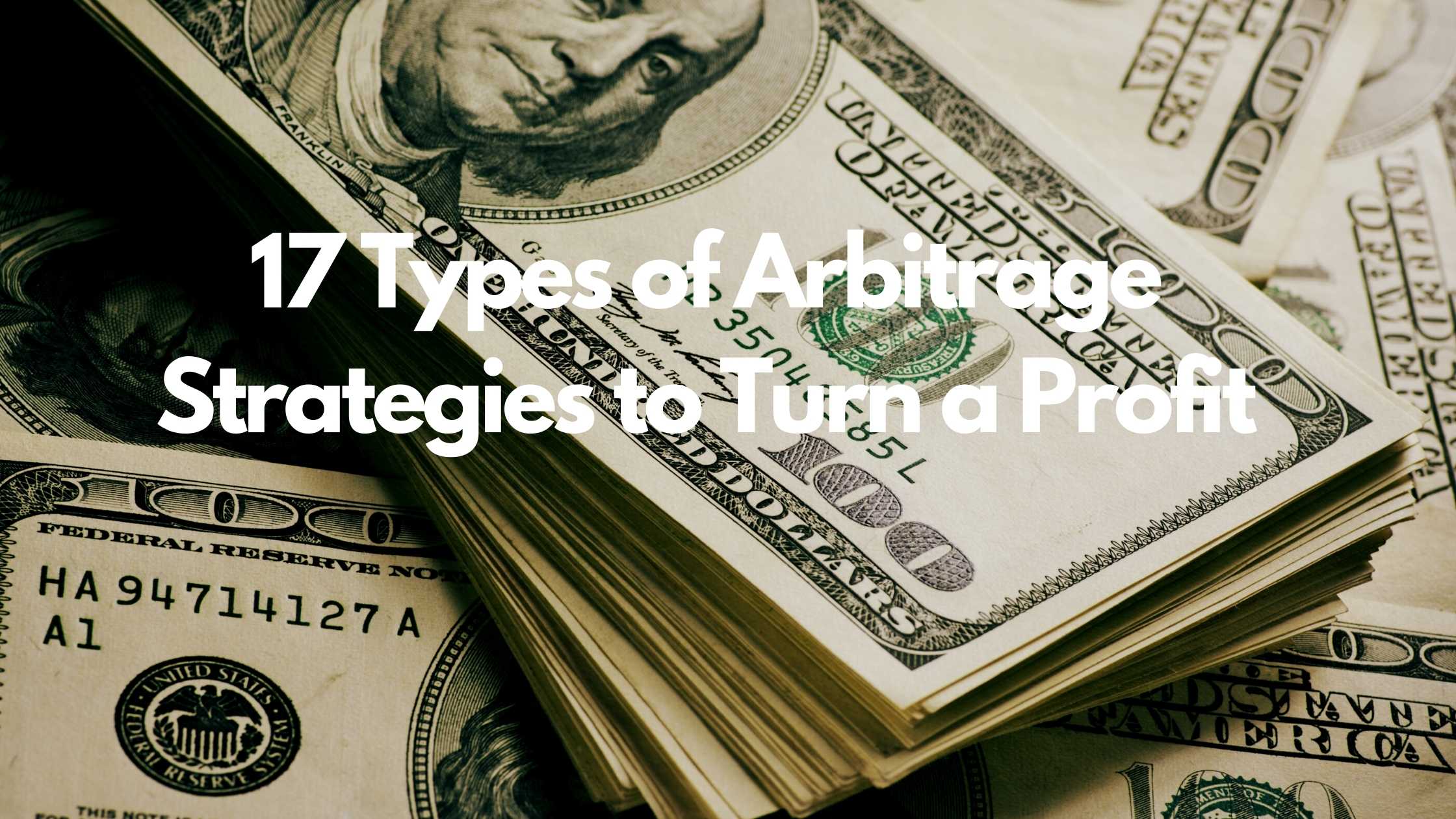
17 Types of Arbitrage Strategies to Turn a Profit
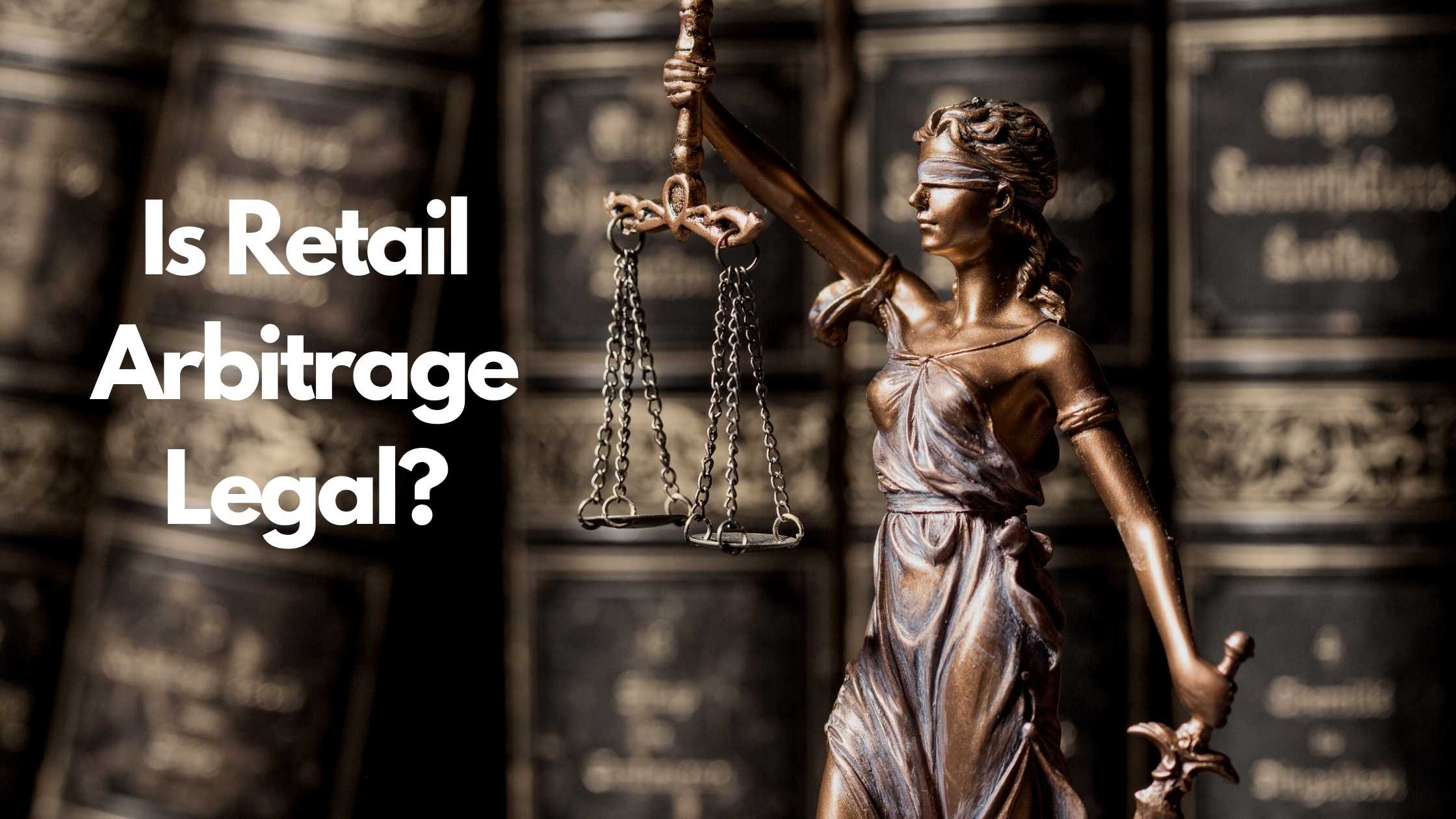
Is Retail Arbitrage Legal?

How to Turn Textbook Arbitrage into a Business for Profit

How Can You Tell if a Book is a First Edition?

What to Do With Your Jigsaw Puzzle When Finished?
